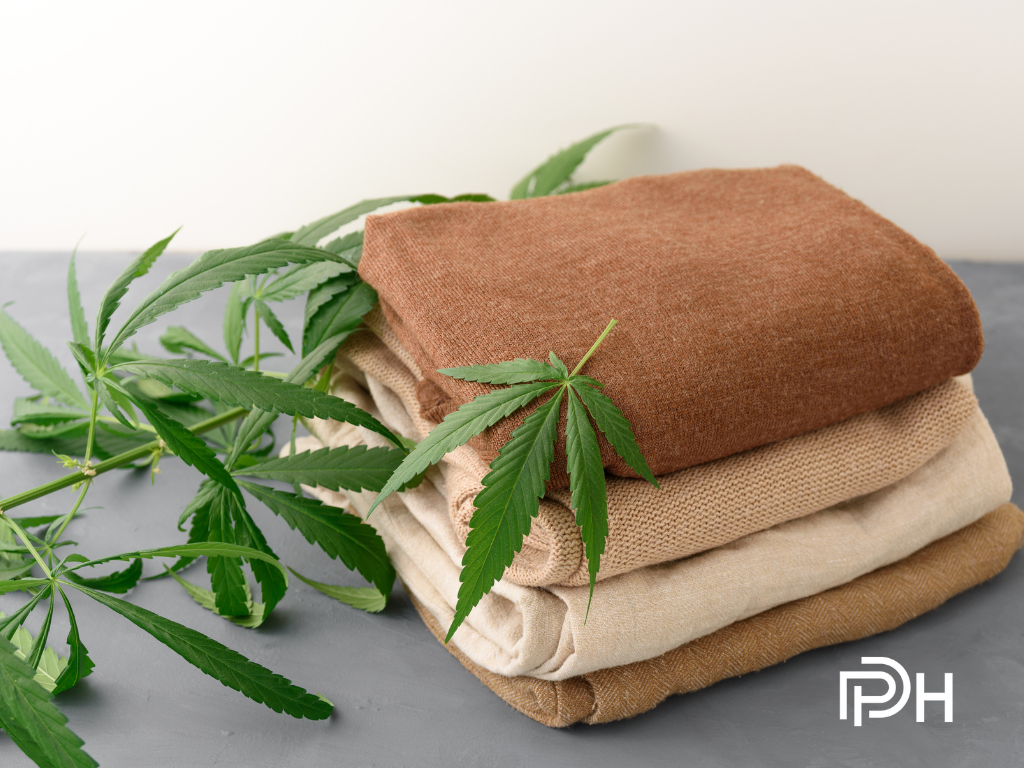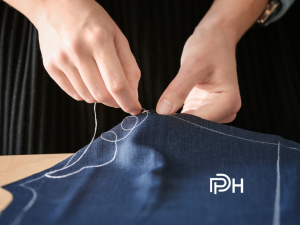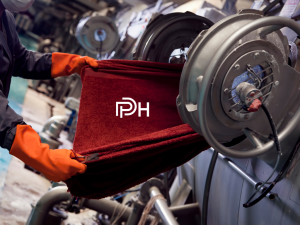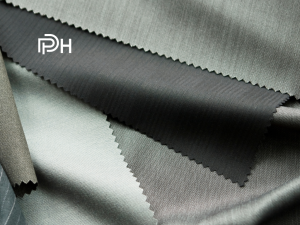More teams are choosing eco friendly textiles for uniforms and workwear. It is good for staff comfort and better for the planet. It also shows a clear commitment to responsible business. Sustainable choices can lift staff pride and brand image. These fabrics often breathe well and feel soft on skin. They also last longer when cared for properly, which helps reduce waste.
Quick wins you can start with:
- Switch to certified blends for core pieces
- Use simple cuts that suit repair and recycle programs
- Train staff on gentle washing to extend fabric life
By choosing wisely, you support people and the environment at the same time.
Understanding environmentally friendly textiles
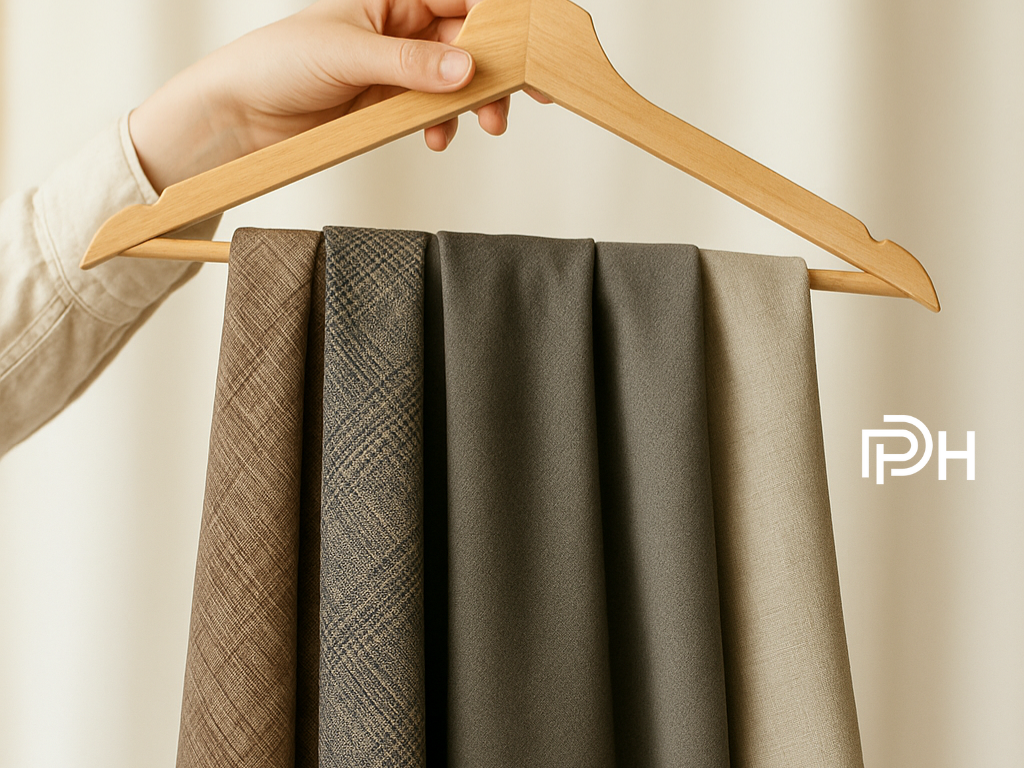
What makes textiles environmentally friendly
environmentally friendly textiles focus on lower impact from farm to factory. They reduce water use, harsh chemicals, and energy where possible. They also support fair working conditions.
Natural, recycled, and blended options
You can choose natural fibres, recycled fibres, or smart blends. Natural fibres feel breathable. Recycled fibres bring strength and help cut landfill. Blends can offer the best of both.
Reducing waste with sustainable textile materials
Pick sustainable textile materials that suit repair, reuse, and end-of-life recycling. Plan for spare buttons, extra stitching strength, and easy-to-remove trims. Little choices make a big difference over time.
The role of hemp based fabric in corporate uniforms
hemp based fabric is tough, breathable, and easy to wear. It handles busy shifts and warmer days well. It also softens with each wash, which staff enjoy. Hemp grows with less water and fewer inputs than many common crops. That supports cleaner soil and smarter farming.
When blended with cotton or recycled fibres, it keeps shape and improves comfort. For polos, aprons, and utility shirts, hemp based fabric gives a neat, modern look. It is a simple way to bring sustainability into everyday uniforms without losing performance.
How sustainable fabrics textiles support business goals
Lowering your footprint and costs
Using sustainable fabrics textiles can cut waste and energy use across the uniform lifecycle. Stronger weaves and quality stitching reduce replacement rates. Over time, that saves money.
Building a brand staff are proud to wear
Uniforms made from sustainable fabrics textiles tell a clear story. Customers notice. Staff do too. It shows care for people and the planet, which helps with culture and trust.
Comfort, durability, and easy care
Choose sustainable textile materials that breathe, resist odours, and wash well at lower temps. This keeps garments in service longer and lowers care costs. Simple patterns also mean faster repairs and less downtime for teams.
Popular sustainable textile materials for workplaces
Choosing the right fabric mix can make uniforms stronger, more comfortable, and longer lasting. Many businesses are now blending sustainable textile materials to get the best results.
Some common options include:
- Organic cotton – soft, breathable, and gentle on the skin
- Recycled polyester – durable, flexible, and reduces landfill waste
- Hemp based fabric – strong, breathable, and naturally resistant to odours
- Bamboo fibre – lightweight and eco friendly, good for hot conditions
Mixing these options often gives the right balance between comfort and durability.
Challenges in adopting eco friendly textiles for uniforms
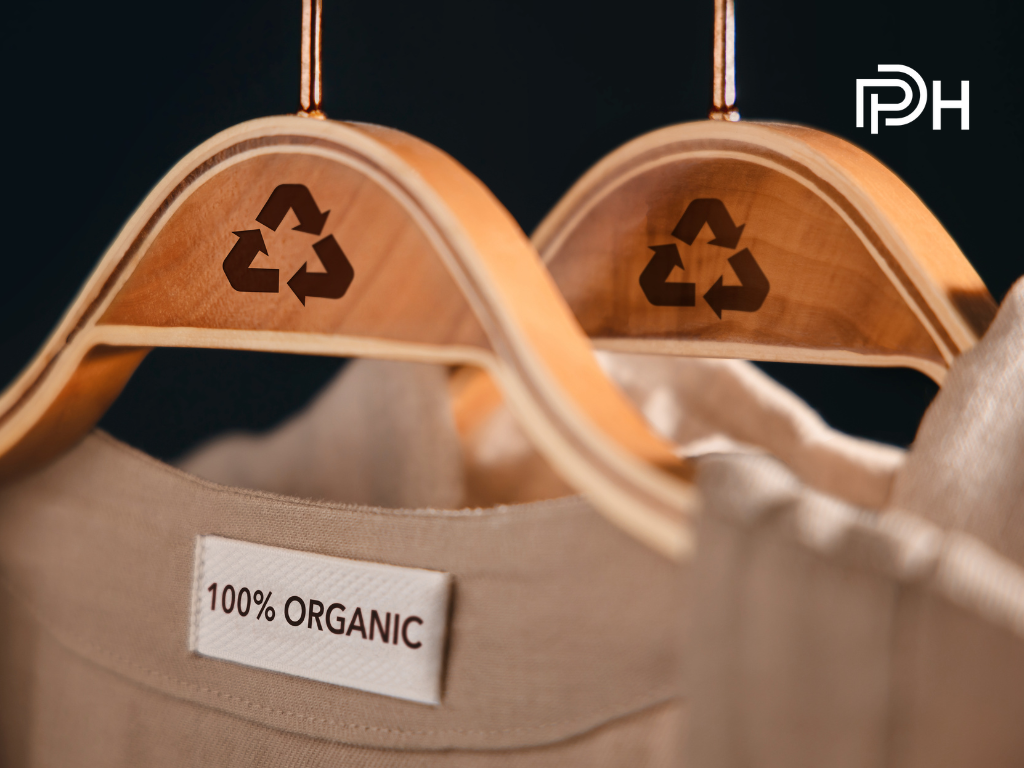
Higher upfront costs and sourcing hurdles
Shifting to eco friendly textiles can mean a bigger investment at the start. Supply chains are still developing, and not every style or colour is always available.
Balancing durability with sustainability
Some sustainable fabrics textiles may wear out faster in heavy-duty jobs. This makes it important to test different blends before rolling out across the whole team.
Making it work for staff and business goals
The aim is to find a middle ground where uniforms stay practical, easy to clean, and still eco friendly. Training staff in care routines also helps uniforms last longer.
Looking ahead: the future of sustainable fabrics textiles in workwear
The future of sustainable fabrics textiles looks bright. New blends are being designed that are stronger, softer, and easier to recycle. Researchers are even trialling fabrics made from food waste and algae. Businesses are also asking more from suppliers. They want proof that the materials are truly environmentally friendly textiles and not just green marketing.
Certifications and tracking systems are becoming standard. As costs come down, more companies will shift to eco friendly textiles for their uniforms. This change will not only help the planet but also give staff uniforms they feel proud to wear.

